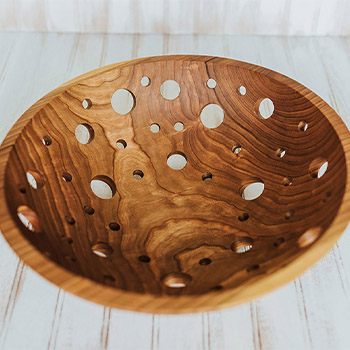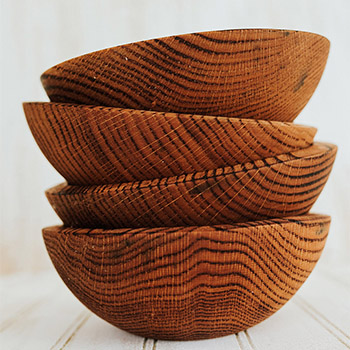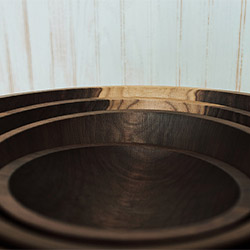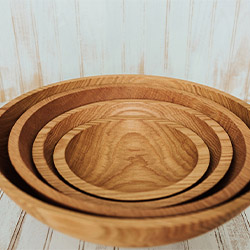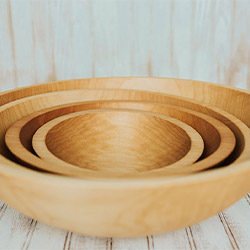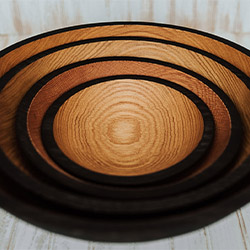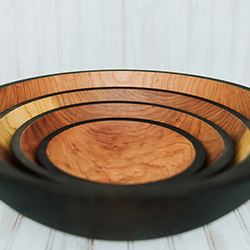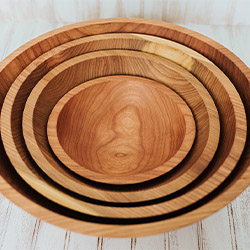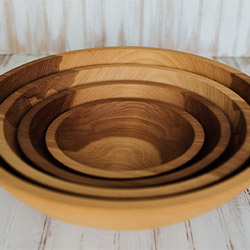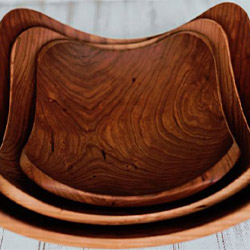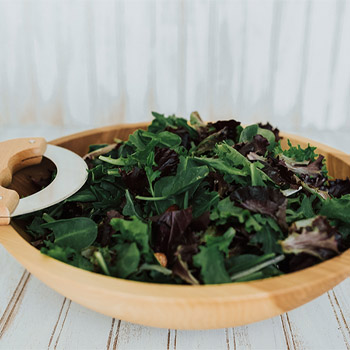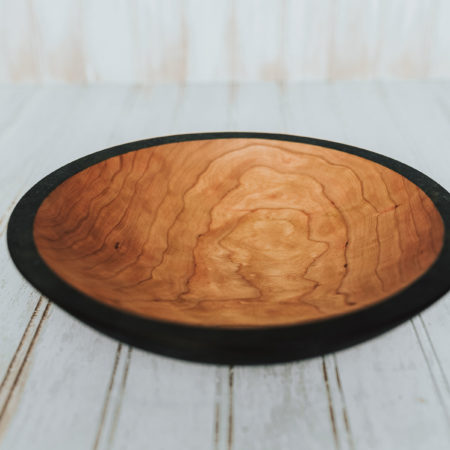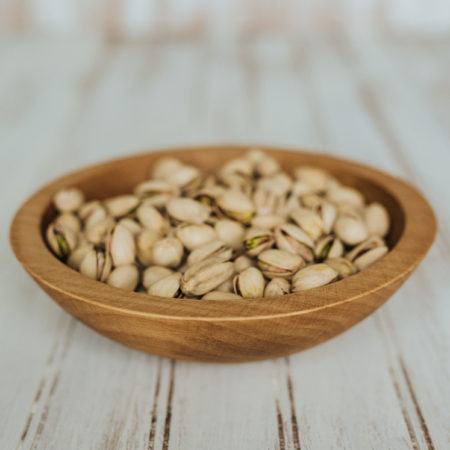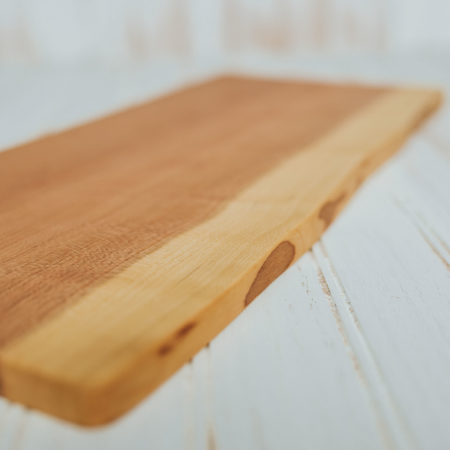A Step-By-Step Guide On Cleaning Wooden Utensils
If you want to keep your wooden utensils from Holland Bowl Mill in tip-top shape, this step-by-step guide on cleaning wooden utensils is here to help you.
We’ll cover:
- What supplies are needed
- How to prepare your utensils for cleaning
- Cleaning them effectively
- Drying and maintaining your utensils
- Proper storage and care
Following these simple instructions ensures that your wooden utensils stay clean, safe, and ready to serve others.
Key Takeaways
- Choose cleaning products specifically designed for wooden utensils
- Avoid harsh chemicals or abrasive cleaners
- Rinse the utensils thoroughly and pat them dry
- Store the utensils in a cool, dry place away from sunlight and heat
Gathering the Necessary Supplies
Before starting, make sure you’ve got all the necessary supplies on hand. Choosing the right cleaning products is crucial for maintaining their beauty and longevity when cleaning your wooden utensils.
To serve others with clean and safe utensils, follow these best practices for removing stains and keeping your wooden utensils in top shape.
Firstly, it’s important to choose cleaning products that are specifically designed for wooden utensils. Avoid harsh chemicals or abrasive cleaners, which can damage the wood’s natural finish. Instead, opt for gentle and natural cleaning solutions such as mild dish soap or a vinegar and water mixture. These products will effectively remove stains and bacteria without compromising the integrity of the wood.
When removing stains from your wooden utensils, start by rinsing them under warm water to remove any loose debris. Then, apply a small amount of your chosen cleaning solution onto a soft sponge or cloth. Gently scrub the stained area in a circular motion, being careful not to scrub too vigorously as it may scratch the wood. Rinse the utensils thoroughly and pat them dry with a clean towel.
You can create a paste using baking soda and water for particularly stubborn stains. Apply the paste to the stain, let it sit for a few minutes, and gently scrub it away. This method is effective for removing tough stains without causing any harm to the wooden utensils.
Preparing the Wooden Utensils for Cleaning
To get started, make sure you’ve gathered all the necessary items to prepare your wooden utensils for cleaning. First, you’ll need a large container or sink to hold water for pre-soaking the utensils. Fill it with warm water and add a few drops of mild dish soap. This will help loosen any stuck-on food or residue.
Next, carefully place your wooden utensils in the water, making sure they are fully submerged. Let them soak for 15-30 minutes, allowing the soap and water to work their magic. While they’re soaking, you can prepare your scrubbing tools. Grab a soft-bristled brush or sponge to scrub away any remaining dirt or stains gently.
When the pre-soaking is complete, remove a utensil from the water and start scrubbing. Use circular motions and apply gentle pressure to remove any stubborn residue. Make sure to pay extra attention to the handles and crevices where food particles tend to get trapped.
After scrubbing each utensil, rinse it thoroughly under running water to remove any soap residue. Then, pat them dry with a clean cloth or paper towel. Avoid leaving them to air dry, which can cause warping or cracking.
Cleaning the Wooden Utensils
Cleaning your wooden utensils is an important step in maintaining their longevity and ensuring their hygienic use. You can keep your wooden utensils in great condition for years by following proper cleaning techniques.
One of the benefits of using wooden utensils is their natural antimicrobial properties. Wood contains natural oils that help prevent the growth of bacteria, unlike plastic or metal utensils. However, it is still crucial to clean them properly to maintain their sanitary benefits.
Drying and Maintaining the Wooden Utensils
Once the wooden utensils have been washed and rinsed, they should be allowed to air dry completely before storing. Properly drying and maintaining your wooden utensils is essential to ensure longevity and prevent mold growth.
By following these drying techniques and maintaining your wooden utensils properly, you can extend their lifespan and keep them in pristine condition.
Proper Storage and Care for Wooden Utensils
After drying your wooden utensils, it is important to store them properly to prevent damage and maintain their quality. Proper storage techniques are essential in ensuring the longevity of your wooden utensils, so you can continue serving others with style and grace.
To prevent damage to your wooden utensils, storing them in a cool, dry place away from direct sunlight and heat sources is crucial. Excessive heat can cause the wood to expand and contract, leading to cracks and warping. Additionally, exposure to sunlight can cause fading and discoloration of the wood. Therefore, finding a suitable storage spot in your kitchen cabinets or drawers is highly recommended.
When storing your wooden utensils, it is best to keep them upright to prevent any unnecessary pressure or bending. This will help maintain their shape and prevent them from getting damaged. You can use a utensil holder or a jar to keep them organized and easily accessible. Just make sure the container is clean and dry before placing the utensils inside.
Furthermore, avoiding storing your wooden utensils near any strong-smelling substances or chemicals is important. Wood has a porous nature and can absorb odors and flavors easily. To prevent unwanted smells from transferring onto your utensils, keep them away from strong spices, cleaning products, or any other substances with a potent scent.
Summary
Now that you’ve followed this step-by-step guide on cleaning wooden utensils, you’re equipped with the knowledge to clean and maintain your wooden utensils effectively.
By gathering the necessary supplies, preparing the utensils, cleaning them thoroughly, and properly drying and storing them, you can ensure their longevity and continued use in your kitchen.
Remember to regularly maintain and care for your wooden utensils from Holland Bowl Mill to keep them in top condition. Be sure to check our website for more information about wooden utensils and the oils used to maintain them.
Happy cooking!

